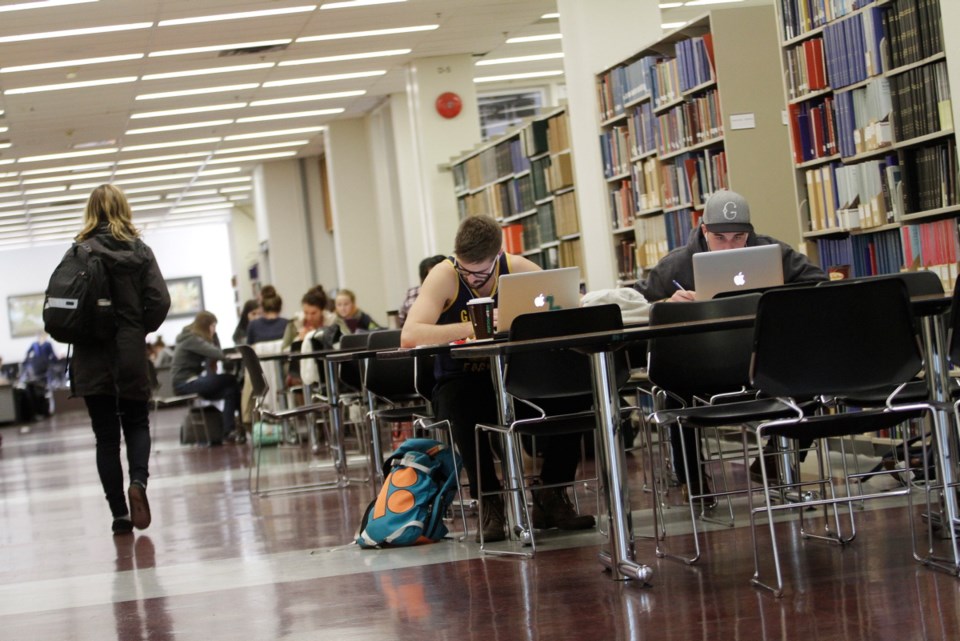Post-secondary institutions on Vancouver Island have entered a formal alliance, hoping to ease student movement between schools and co-ordinate efforts at meeting regional employment needs.
The Vancouver Island Post-Secondary Alliance brings together Camosun College, North Island College, Royal Roads University, the University of Victoria and Vancouver Island University. Presidents of the institutions signed an agreement Wednesday in Victoria with Advanced Education Minister Amrik Virk and Jobs Minister Shirley Bond.
Royal Roads president Allan Cahoon said he and his colleagues called provincial officials to the table.
“The intention is to say. ‘Listen, we’re really complementary institutions that already have existing collaboration. Why don’t we just make it more formal and start looking at very specific ways to facilitate interaction?’ ”
Camosun president Kathryn Laurin compared the five institutions to an ecosystem where each can fill a different role.
A major focus will be helping students find their best path, said UVic president Jamie Cassels.
“We’re all very different with different kinds of programming. You want to help students be as mobile as possible so they can find the right program.”
Cassels said there is no cost to creating the alliance, which he called a signal that leadership is committed to co-operation.
“I’m not aware of it having been done anywhere in the province,” he said. “Lots and lots of post-secondaries have bilateral agreements, or co-operative agreements between two or three institutions, but this is all five in the Island.
“We’re all part of the region, particularly on the Island, interacting with coastal communities and the resource industries and the oceans.”
One impetus for the alliance is the prospect of the members being more efficient and avoiding duplication, Cahoon said.
“The government isn’t giving us more money,” he said.
Research is a particular area where working together makes sense, Cahoon said. Research into liquefied natural gas and its relation to coastal waters, for example, is being done at different institutions and can be shared, he said. Health care is another common bond for the schools, Cahoon said. Royal Roads fits in with its health-leadership program, he said.
Cahoon said there has been a tendency for post-secondary institutions to work on their own, including the quest for government funding.
Unity seems a better way, he said, citing an example of three Island institutions and two school boards showing up at the same trades fair in Mexico. Looking at it is a group opportunity to market the Island would have made more sense, he said.
Laurin said another meeting of the presidents will take place soon where more details can be discussed.



